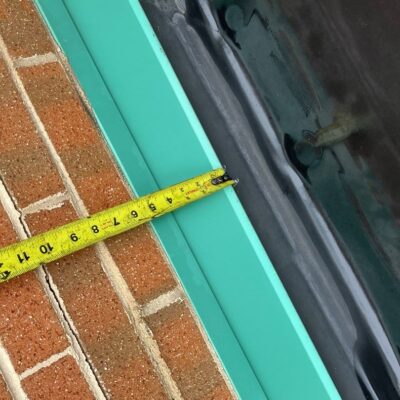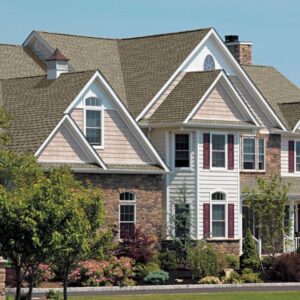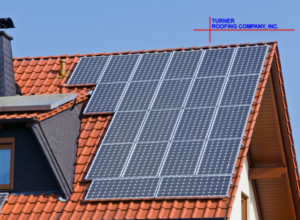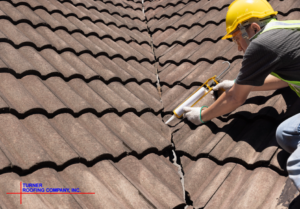DIFFERENT TYPES OF ROOFING MATERIALS
When replacing your roof, do you know what materials you can choose? Here we list some of the most common types of home roofing materials and when they are best used.
For more information about home roofing, contact Turner Roofing.
Asphalt Shingle
The most common type of roofing material is also the least expensive, and easy to install. Asphalt shingles come in many different colors, easily matching the rest of a home’s exterior.
The downside is that this is one of the least durable types of home roofing material. Choosing a higher-quality product, and performing proper maintenance, can help you get the most out of this roof.
Clay and Concrete Tiles
When durability is a primary concern, clay and concrete tiles are a good choice. They are also some of the most fire-resistant roofing materials.
Unfortunately, these options are more expensive, though concrete is the less costly of the two. Their weight is only suited for certain roof styles, such as gable roofs, and may require additional framing for reinforcement.
Metal
This type of roof can be made of a variety of metals, even recycled. Metal roofs absorb less heat than asphalt. Because it is highly resistant to fire and wind, metal can be used on low- to high-pitched roofs.
However, metal requires special expertise to install, so make sure your roofing contractor has experience in metal. It also requires special maintenance, including regular inspections to check the fasteners and look for distressed or shifting panels.
Slate
Slate’s durability, fire- and wind-resistance, classic appearance, low maintenance, and eco-friendliness makes it an elegant and desirable roofing material.
Not surprisingly, the downside is that slate carries a high cost and requires special expertise to install. Its heavy weight also means that it is only suitable for steep, reinforced roofs.
Wood Shingles and Shakes
Wood shingles, or thicker wood shakes, offer a warm, rustic look. Over time, the material weathers from brown to an attractive gray. It is also wind-resistant, and suitable for many types of roof styles.
Since it is an organic material, wood is vulnerable to decay, and so requires proper maintenance to check for cracks and rot. High-quality, treated materials can help increase durability. Wood is also less fire-resistant, and may not be permitted by local fire codes.
Need a new roof?
If it’s time to replace your roof, contact Turner Roofing to get started!






